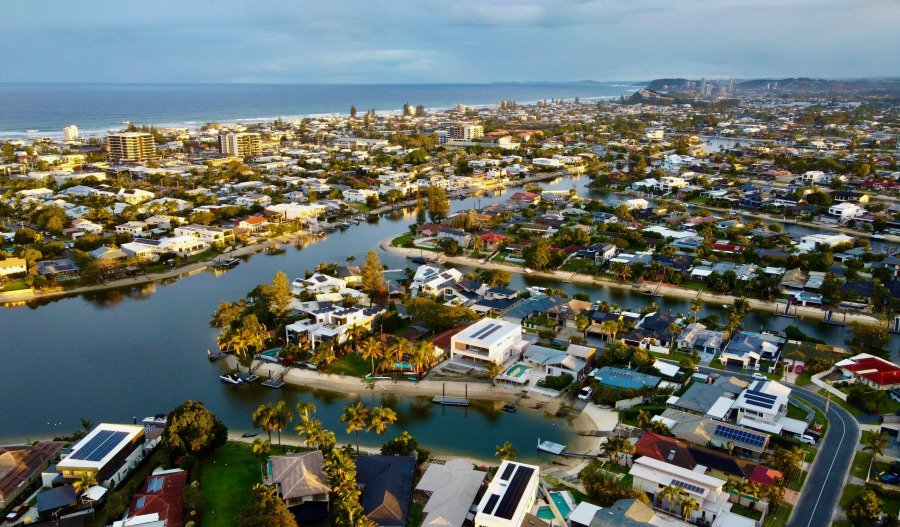The total number of dwellings approved in Australia fell by 5.7% to 14,633 in April, driven by a sharp drop in apartment approvals, according to seasonally adjusted figures released by the Australian Bureau of Statistics (ABS).
The figure came in well below market expectations of a 3.1% gain.
“A drop in apartment approvals drove a 19.0% fall in private dwellings excluding houses,” said Daniel Rossi, ABS head of construction statistics.
Approvals for total dwellings were mixed across states. New South Wales recorded a 7.8% decline, Victoria dropped 6.5%, and Queensland was down 1.3%.
In contrast, Tasmania saw a 12.7% rise, Western Australia increased 9.6%, and South Australia climbed 9.5%.
Private sector house approvals rose by 3.1% to 9,349 dwellings, rebounding from a 1.9% fall in March. Compared to a year ago, April’s figure was up 4.6%.
“New South Wales and Queensland were the main drivers of the overall rise in private sector house approvals, with both states up 7.3% in April,” Rossi said.
“New South Wales had over 2,000 private sector houses approved for the first time since December 2023.”
Meanwhile, approvals for private sector dwellings excluding houses fell sharply by 19.0% to 4,999 dwellings, following a 14.4% decline in March.
The ABS noted that fewer apartment approvals were a key factor, with just 5,612 apartments approved across March and April compared to 8,625 in January and February.
Despite the monthly drop, approvals in this category were 14.3% higher than in April 2024.
The total value of buildings approved rose 5.6% to $16.82 billion in April, extending an 11.5% rise in March.
However, the value of total residential building approvals fell 1.3% to $8.91 billion. This comprised a 1.2% decline in new residential buildings and a 2.0% fall in alterations and additions.
“The value of non-residential buildings approved rose 14.7% to $7.91 billion, the second highest result on record and 39.6% higher than April 2024,” Rossi said. “A key driver of recent movements has been the increased value of non-residential projects rather than the number.”



